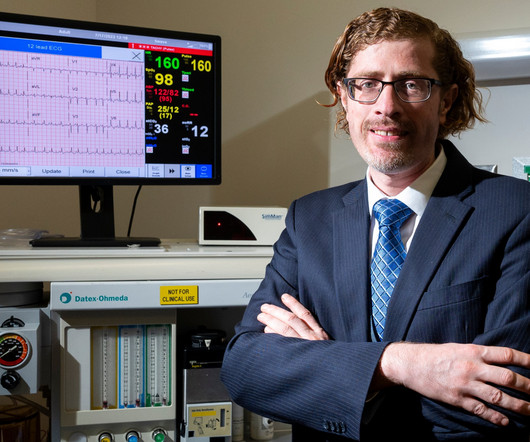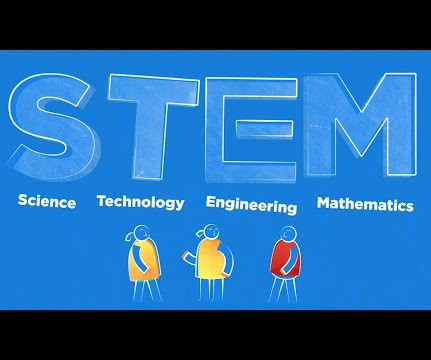Can artificial intelligence detect hidden heart attacks?
Futurum
AUGUST 17, 2023
Can artificial intelligence detect hidden heart attacks? Published: Analysing medical data to detect health problems can be incredibly difficult, but advances in artificial intelligence (AI) mean it is now possible for computers to spot subtle patterns in complex patient data. This is why we are turning to AI.











Let's personalize your content